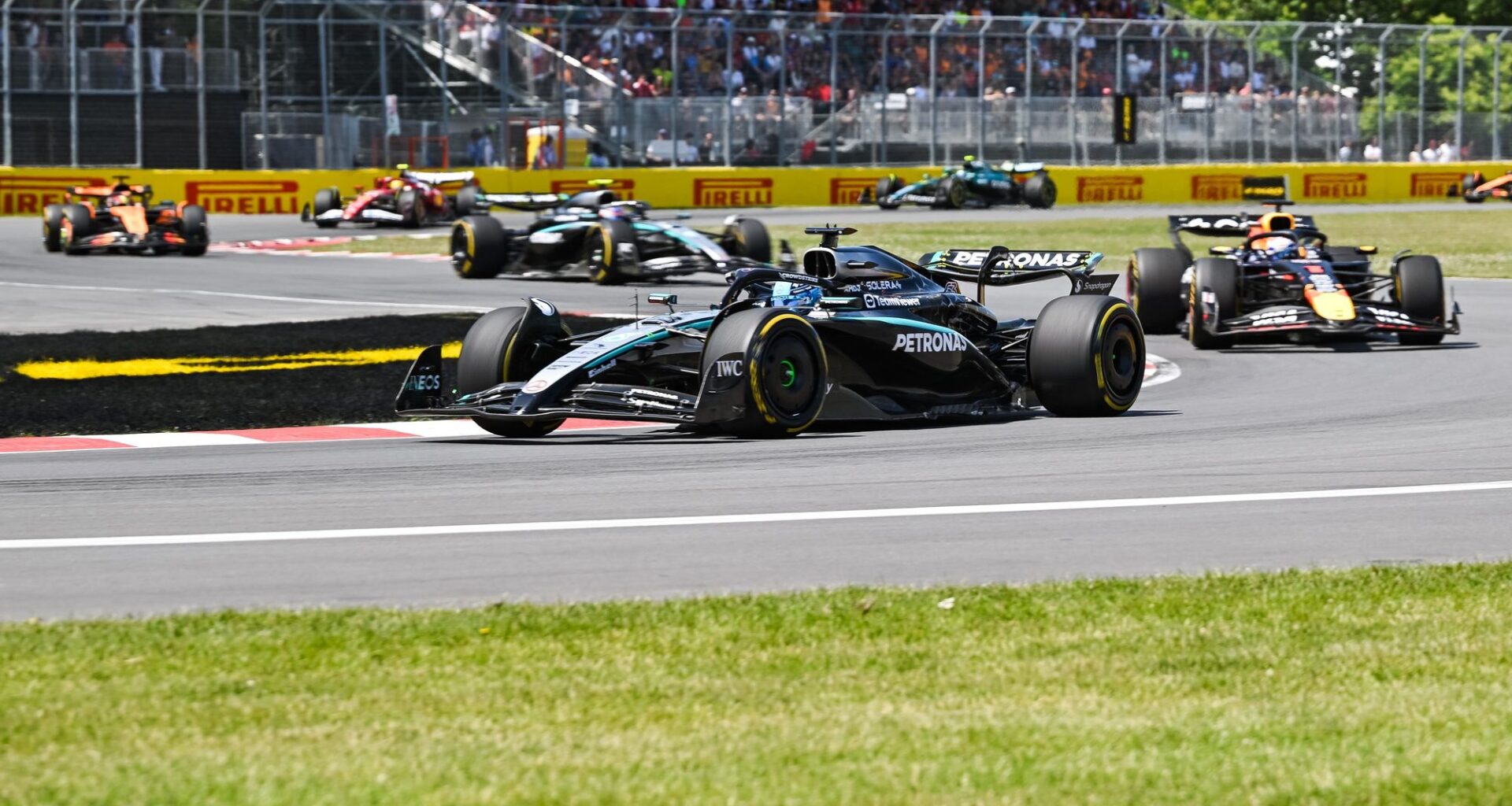Formula 1 teams are gearing up for one of the toughest engineering challenges in recent memory. The sport is heading into a season of big regulatory changes, and F1 teams are feeling the heat as the 2026 regulations will transform car performance in ways that haven’t been seen in years.
One of the biggest headaches for engineers will be the brakes. F1’s main brake supplier, Brembo, has described the changes as a tough puzzle with engineers needing to balance energy recovery with reliable stopping power.
How Will F1’s Radical Shift in Power Impact Braking?
Next year’s rules will see a major shift in the balance between combustion engines and electric power, with F1 cars shifting from an 80/20 split of combustion versus electric power to 50/50.
The MGU-K output will jump from 120 kW to 350 kW while the MGU-H unit disappears entirely, meaning that F1 cars will accelerate much faster and rely more on regenerative braking to slow down. Brembo’s F1 customer manager, Andrea Algeri, explained that this increase in hybrid regenerative braking makes designing the rear brakes particularly tricky.
“This is my 15th season in Formula 1, so I went through different changes in the shape of brakes, cars, tyres, different wheels. This is honestly one of the most challenging for us,” he said.
Brembo now has more freedom in brake design, as the FIA allows larger front rotors and smaller rears , opening the door for a number of creative engineering solutions. The new regulations will also increase the attachment points from two to three and the number of pistons and pads.
Algeri said the changes are the biggest in F1, which was last seen two decades ago, and teams are still testing which combinations will deliver the best results.
Weight and Cooling Challenges to the 2026 F1 Car
The new rules also reduce the minimum car weight from 800 kg to 768 kg, even though batteries are heavier. This forces teams to save weight wherever possible, including the brakes. Some teams are opting for bigger fronts and smaller rears, while others are experimenting with different energy recovery strategies to balance speed and efficiency.
Cooling is another major factor for the teams ahead of next season. With more energy being recovered through the rear, the rear brakes will see less friction and need fewer cooling holes to maintain proper operating temperatures. However, the front brakes will face greater friction due to higher speeds and require more advanced cooling solutions.
Track layout will also affect brake setups, as high-speed circuits like Monza have very different demands on the system than tight street circuits such as Monaco or Singapore.
“We will probably see different cooling specifications for different tracks,” Algeri added.
He warned that some solutions might work brilliantly, while others may require revisions after initial testing. Teams have to get the torque and dimension targets right or risk running into problems on the track.
Teams that master braking strategies alongside aerodynamics and hybrid power will have a critical edge as the upcoming regulation overhaul promises to test the limits of both teams and drivers in ways the sport hasn’t seen in years.
